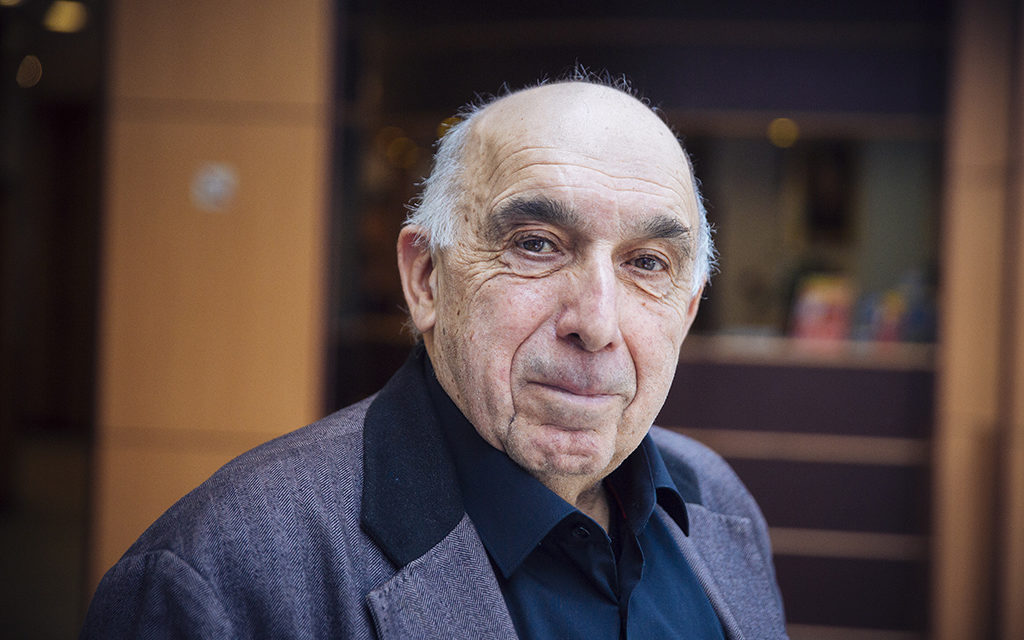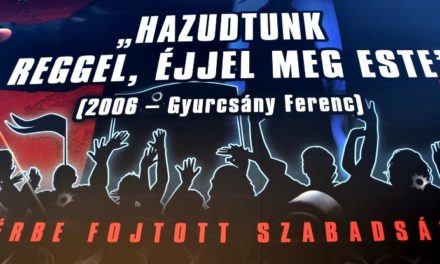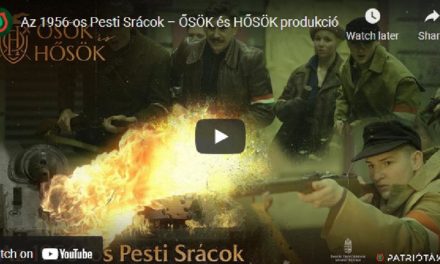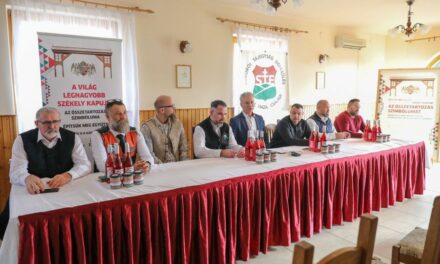It all started with Magyar Hírlap. More specifically, the paper's staff and owner recognized that the Christian-conservative government, democratically elected with a two-thirds majority, had to be protected from insidious attacks from Brusselsites.
, the editor-in-chief of the newspaper at the time, Stefka István, recalled the days of the regime change and the circumstances of the birth of the first Peace March.
- Today it is possible to know, which was not yet visible at the time, that the beneficiaries of the communist system and their successors did not for a single moment give up on regaining their positions of power. Or was the intention already felt?
"I wouldn't be telling the truth if I said that I saw this right away, but the fact is that I had to realize it very quickly." In 1989, I was happy that we could once again live in a multi-party system, that parliamentary democracy would prevail again, that the Soviet troops would be able to withdraw soon. I felt in my heart that this should be supported. But you also know this, since at that time we worked together in the editorial office of Napközb. I had a lot of arguments with the radio management and colleagues at the time, because I thought it was okay to talk about politics even in the programs. I am proud of the fact that we were also able to make important actors of the regime change, such as István Csurka, Tamás Deutsch, Balázs Horváth, and József Torgyán6 heard, but I did not think that certain comrades would jump hard on me because of this. However, I am a long-distance runner, I will not stop what I have started and what I think is right. I knew I was on the right path, because the leftists, with whom we had not had a bad relationship until then, turned away at the pagoda and did not accept my greeting.
– Then came the television years, I think, accompanied by more attacks.
– When I transferred to the program A Hét in 1990, Tamás Gyárfás told me that I would be in big trouble if I continued like this. Because I made some reports for Napkelte, because it was not yet clear who belonged where. But they soon warned that this "national attitude" would have consequences. They became. It soon became clear that the people who served the old nomenclature hated everything Hungarian from the beginning and mercilessly attacked them, for example, in the news programs they hosted, 168 hours, 16 hours, Gondolatjel.
- Let's take a big jump in time, until 2012, to the first Peace March.
– The idea Zsolt Bayer and András Bencsik . I was the editor-in-chief of Magyar Hírlap at the time. Bencsik called that there was a big problem. In Italy Berlusconi was sidelined due to international pressure and there was a kind of fear that they wanted to replace Orbán as well. Bencsik asked if I supported the march to the streets, to which I of course said yes, and the owner of the paper, Gábor Széles , thought the same way. Hírlap was the mouthpiece of the Peace Movement. We had two weeks to organize, and we encouraged them with new slogans every day: We will not become a colony, We will not give up our independence and similar. Later it turned out that we really moved at the last moment, because under pressure from European liberals, the German Christian Democrats also accepted to replace Orbán. The Soros attacked and wanted to bring down the forint, which they managed to defend in the end, but their goal was clear.
- The demonstration in favor of the government was announced in such a way that it was not even possible to estimate whether it would have serious support.
– There is no doubt that we jumped headlong into the uncertain. We announced the demonstration for four, but at half past four there were still few people. Then the crowd started pouring in. Buses arrived from the countryside, buses from beyond the borders, and then it became apparent that the camp of pro-government protesters was huge.
– Of course, this turned out to be very embarrassing for the people of Brussels, their press also tried to lie about the movement, portraying the events as if the Peace March was organized against Viktor Orbán and his government.
"They tried—and failed." Just as the attack on the government in Brussels failed. Then.
– But since then, they have not given up on replacing the national government, which has won again and again, with a globalist servant cabinet.
– That is why the current Peace March is very important. In addition, the date of the 65th anniversary of the 1956 revolution and the 15th anniversary of the Gyurcsány terror is now October 23. The stake is threefold: protecting our independence, preventing the corruption of our children, and stopping illegal migration. We have to protect our roots and that is why the 2022 election is also important. The fact that we can keep the achieved results and that these scoundrels and traitors, who now call themselves the opposition, cannot come to power again.
(Cover photo: PestiSrácok/Gyula Péter Horváth)













